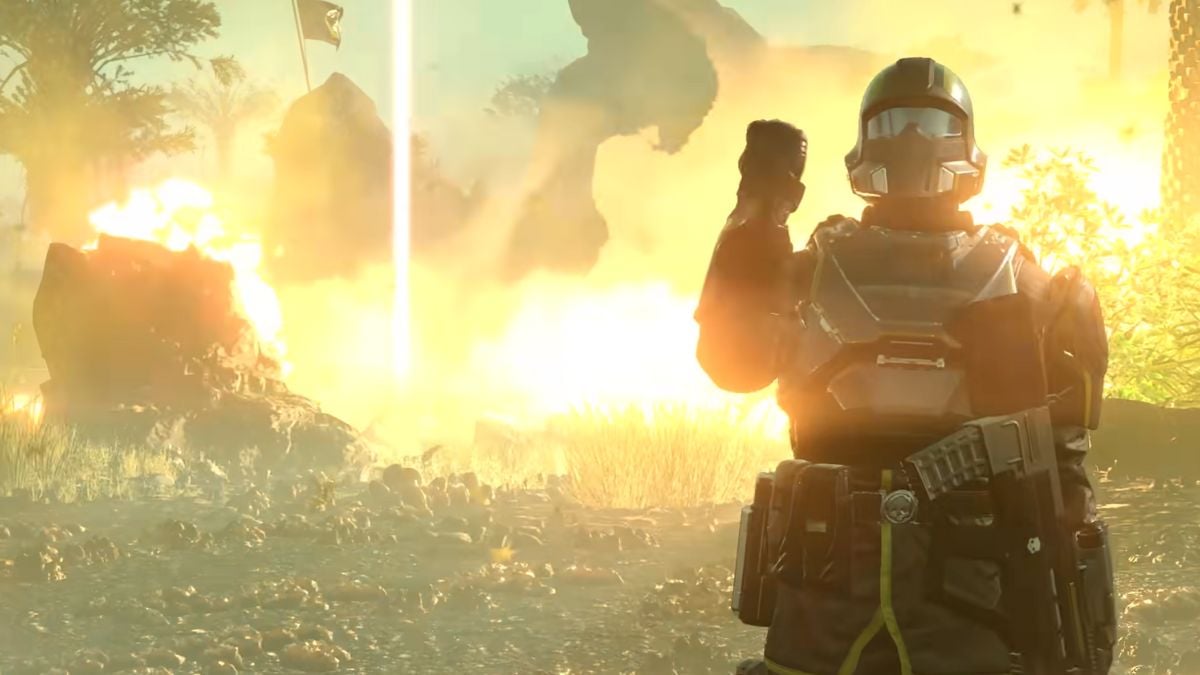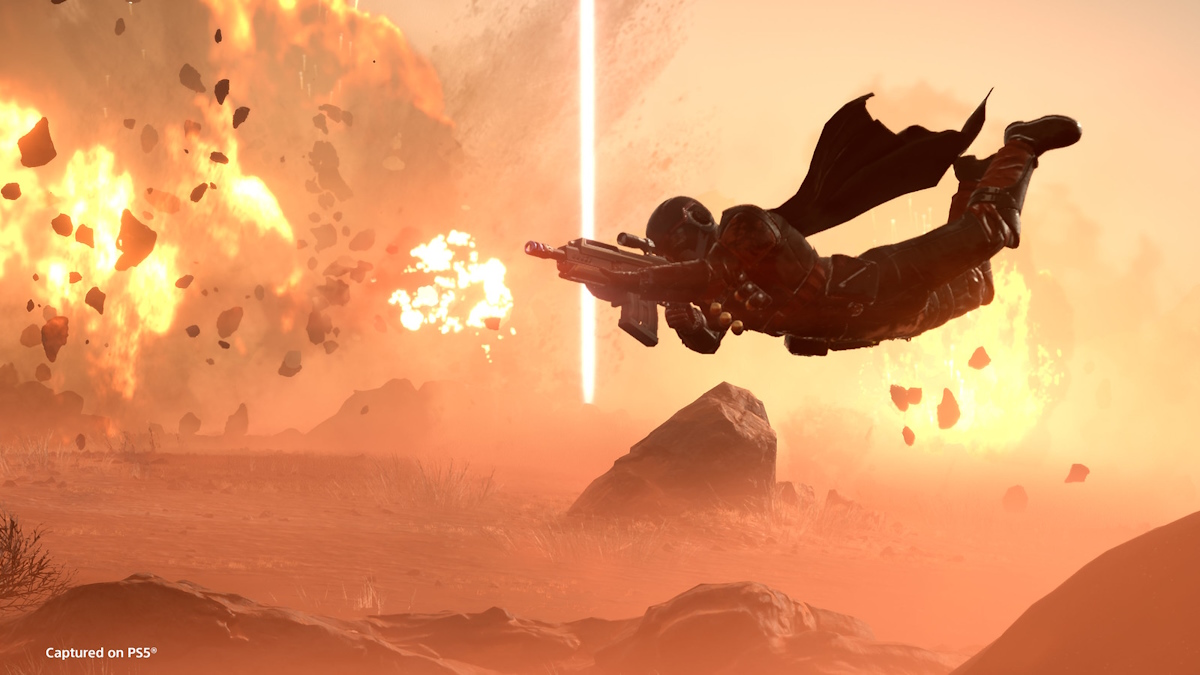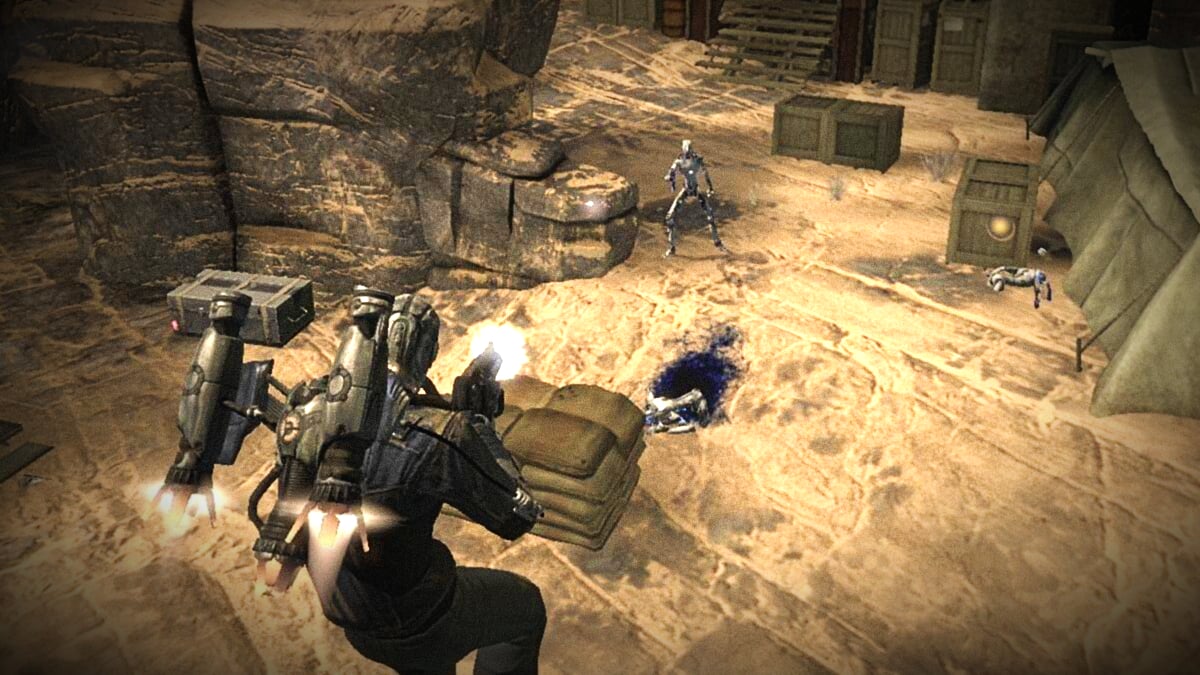

[Editor’s note: sourpk wrote this in-depth opinion article about the difficulty of videogames today. What do you think? Are videogames harder or easier today then they were back during the retro period? — CTZ]
In general, are videogames becoming more difficult? Well, it all depends on who you ask, because after all, difficulty is a matter of opinion. In my opinion, videogames are becoming progressively easier over time. In this article I’ll tackle the issue of videogame difficulty in its many forms and how this affects the gaming community.
When I think about the difficulty of videogames today, my gut reaction would be, yes, they are becoming more difficult. Many other gamers agree with me. However, that’s just looking at the surface of the situation – the gaming controller. Gaming controllers have become much more complex since the days of the Atari. Comparatively speaking there is much more advanced technology housed within present controllers, and many more buttons. A non-gamer will always choose the less complicated looking controller. The more buttons and the more complicated the device looks, the more daunting the task becomes. “You hand somebody a game controller and it’s like you’ve handed them a live gun or a hand grenade with the pin taken out,” said former Sony Executive Phil Harrison at GDC 2008 (Martin, 2008).
A perfect example of this would be the Nintendo Wii remote. The Wii remote was intentionally designed to have as few buttons as possible in order to appeal to as many people as possible, not to mention the form factor which resembles a TV remote. For many people out there, specifically non-gamers, complicated controllers give off gut reactions that are telling them “that looks too difficult to play”. Joakim Sandberg, creator of the PC game Noitu Love 2, said “In terms of controller layouts and catering to the old audiences, it can be hard for people who don’t play to get into it, which I suppose is why the Wii is succeeding” (J. Sandberg, personal communication, June 17, 2008). Much like my own gut reaction, these perceptions of difficulty are often unorganized and biased — but that’s not stopping the non-gamer from making those snap decisions. To them, gaming with a complicated controller might appear to be a near impossible task.
When I step back and critically analyze the difficulty of videogames today, not just on the surface, but the gameplay, without a doubt, games are becoming much easier. But to understand that, you first need to understand what the “easier” is being compared to. Back when people were going to the arcades to play games such as Pac-Man, Galaga, and Space Invaders, those games were designed to be endless, not completeable or beatable. Typically, there was no end, no conclusion, no end credits, just the satisfaction of a high score. Games that can’t be completed — that sounds downright evil! It is evil, but in retrospect, it’s also extremely clever! From a business stand point, an unbeatable game means unlimited cash revenue. It’s an infinite product, and if you make that product fun, yet difficult, customers are more likely to keep playing, especially if the cost of admission is 25 cents.
 Perhaps the most popular arcade game of it’s time — Pac-Man.
Perhaps the most popular arcade game of it’s time — Pac-Man.
But as videogames developed and translated from arcade gaming to home gaming, the quarter concept no longer applied. This didn’t happen overnight however. The majority of early console games still had that “arcade feel”. The Nintendo Entertainment System (NES) was one of the first gaming consoles to truly make an effort to switch from an arcade feel to a modern-day feel, while also bringing this new concept to the masses. In part, this was due to technological advances, such as on-board cartridge memory. This led to the concept of “game saving”. Instead of completing a game in one sitting, I could now leave the room, eat some pizza, pay the bills, go to sleep, and come back the next day to finish what I started. Ah the luxury!
Despite the popularity of videogames at the time of the NES, this was ultimately a new hobby, one that was blossoming, changing, and evolving. I remember when I was a young kid playing the NES. The difficulty of most NES games was just too much! So difficult, that I remember subscribing to Nintendo Power Magazine, buying strategy guides, turbo controllers, and even calling the notorious tip hot-line. Because of the infancy of the medium, gaming had no clear formula of how a game “should” be played or even what to expect. Anyone who remembers playing an NES can tell you, it’s a hugely mixed bag! How was I supposed to know that Battletoads was going to be near impossible to complete? Joakim Sandberg, creator of the PC game Noitu Love 2, had this to say: “You could argue since it was the dawn of games they were also difficult for lack of product testing and developer experience … I think games have been made easier for that reason” (J. Sandberg, personal communication, June 17, 2008).
Strategy guides, and gaming magazines during the early days, were your key to successfully completing a videogame. Think about this for a moment — really think about it. Now ask yourself this question, when was the last time you used a strategy guide, or a gaming magazine to get through a videogame? You more than likely don’t use either of those two methods anymore. But now you’re saying, well that’s a weak argument. Why would someone use a strategy guide or a gaming magazine when they could alternatively use the Internet? Very true, but just because people use sites such as GameFAQ, doesn’t necessarily mean they need to. Is the average videogame today really so difficult that you have to turn to the Internet in order to complete the core game experience? Not likely. A lot of people turn to the Internet for the quick solution to an otherwise solvable problem. In fact, the Internet provides so many options for gamers today that some might even say it spoils the experience. With sites such as Wiisaves.com and PS3gamesaves.net, now gamers don’t even need to play the game! If all you wanted to do was skip to the end or unlock everything instantly, you could! Convenient? Yes. Removes the difficulty/challenge? Yes, and that’s my point.
To further emphasis my point, a recent Triple A (AAA) blockbuster game called Alone in the Dark, lets players skip to a further point in the game without playing what had happened previously. When I first saw this play mechanic, I was both surprised and offended that a AAA game would so blatantly remove the challenge. I couldn’t help but think “what’s stopping me or anyone else from abusing this option?” This should be seen as a huge red flag to the gaming community and a possible sign of things to come! Kian Bashiri, creator of the flash game, You Have to Burn the Rope, added:
” … AAA-titles are getting more streamlined and “dumbed” down in concept to appeal to as big an audience as possible. And this is definitely a terrible thing for gamers. Of course, it’s all about business; making games today is extremely expensive and therefore they won’t take chances.” (K. Bashiri, personal communication, June 18, 2008).
 In-game screenshot of Alone in the Dark
In-game screenshot of Alone in the Dark
So what about instruction booklets? We need those, right? Not necessarily. Videogame genres are becoming so formulated that you rarely need to crack open an instruction booklet. Let’s take the First Person Shooter (FPS) genre for example. If you play any FPS, chances are the next time you play a different FPS, you’ll be able to figure out how to play it within a matter of minutes. This holds true for many game genres: sports, RPG, MMORPG, etc. I want to avoid the phrase, “if you’ve played one, you’ve played them all”, but honestly, that’s what it feels like. Let me emphasize, I am in no way saying that all games in a specific genre are the same. I am, however, saying that too many games feel the same, and play similarly. This is both good and bad, as it lets the player jump into the game much quicker, but it can also make the game feel generic in form.
This also brings me to my next point — in-game tutorials. As a gamer, I feel like in-game tutorials are being shoved down my throat. You’d have a hard time finding a game today that didn’t include some form of in-game tutoring. It makes the inclusion of instruction manuals all the more useless. As far as I’m concerned, limited use of in-game tutorials is a good thing. I’d much rather know what the heck was going on than shooting in the dark. However, game developers are too frequently abusing the inclusion of in-game tutorials. When should the gamer be allowed to think critically, instead of being told what to do? This is a question every developer should strongly be asking themselves before even considering in-game tutorials. Being able to discover, explore, and use critical thinking are all themes that in-game tutorials frequently hinder. I also find it extremely frustrating when in-game tutorials deter me from a game’s storyline. I enjoy being fully immersed in a game’s story and I hate when pop-up boxes remind me that, no matter how deeply engrossed I get, it’s still just a game. This is especially frustrating in cinematic intensive games, where in-game tutorials are the equivalent to a person interrupting, or seeing the bright light of an open cell phone at a movie theater. Dave Fillion, of DXF Games, said:
“I think if you’re going to make one, have it be optional or skippable. Nothing’s worse than having to play through 10 stages of tutorial again whenever you start a new game … If more games were made where the tutorial was optional, I don’t think many people would complain.” (D. Fillion, personal communication, June 18, 2008).
So why do developers insist on using in-game tutorials? There are many reasons for this, but the bottom line is that videogames are expensive to make. They cost a lot, because they require a lot of man-power in development. With so much labor behind the development of their game, they want to make sure gamers can complete their game. In-game tutorials make games easier to play, and by making games easier, it allows you to do just that — finish their game. Too much time, effort, talent, and money was spent, for you to not complete their game, and with the average cost of video games costing roughly $50-$60, providing an easier experience is crucial to keeping the customer happy. You’d less likely feel cheated after spending all that money, if you could experience the entire game with ease. Q-Games President, Dylan Cuthbert, acknowledged, ” … most people can make it to the end of the game. In fact, the gamer of today almost expects as a given to be able to complete every game he plays” (D.Cuthbert, personal communication, June 18, 2008).
Do people want easier videogames? Well from a business stand-point, yes. In fact, a huge part of Nintendo’s recent marketing strategy is to reach out to a more casual gaming audience. This is done by developing games that are typically less difficult, simpler, and appeal to a broader or non-traditional audience. With this strategy, Nintendo has proven that there is indeed a market for simpler video games. Other companies such as EA have noticed this profitability trend and followed suit. Just last year, EA announced a new gaming division called EA Casual Entertainment, which will focus on “highly accessible games” (Bardinelli, 2008). When asked about the casual gaming trend, Dylan Cuthbert, President of Q-Games responded, “I think as more and more casual gamers learn to enjoy games you will naturally see a rise in the number of games developed to suit that audience across all markets” (D. Cuthbert, personal communication, June 18, 2008). So, the casual gaming trend is definitely a force to be reckoned with. Casual gaming is on the rise and it won’t be stopping anytime soon.
 In-game screenshot of Wii Sports; an example of casual gaming.
In-game screenshot of Wii Sports; an example of casual gaming.
This may be great for Nintendo, EA, and casual gamers, but this is not great for hardcore gamers. Speaking as a hardcore gamer, I’m annoyed and I’m frustrated that so much money is being invested into casual games. It’s good that the industry is expanding by appealing to a broader audience, but frankly, this fact doesn’t mean much to hardcore gamers. In fact, I’d argue that the industry is slowing down for the hardcore gamer! The money being spent on casual games is money that I would rather be spent on the next great AAA title. However, a lot of casual games are mixing things up and innovating the way we think about traditional games — this is good. Two good examples are Brain Age and Wii Sports. Brain Age won the EIEF 06 Edge Award for innovation (Jenner, 2006), and Wii Sports won in six BAFTA 07 categories, including gameplay and innovation (Gamasutra, 2007). The problem is that I’m still waiting for these innovations to capture my personal gaming needs, and lead to better games.
In the end, the videogame industry is a billion dollar industry. That’s a whole lot of money floating around! All aspects of game development are all strongly influenced by money, and rightfully so – it is a business after all. It’s that business aspect that’s making games easier in general. In order to make as much money as possible, you need to appeal to as many people as possible. However, it’s like the concept of teenage car ownership. If your parents bought you a car, you wouldn’t appreciate it, but if you earned the money yourself to buy the car, then you’d truly appreciate it. This analogy can be applied to easy videogames. Games that are too easy, don’t allow gamers to fully experience ideologies such as, reward, personal achievement, replayability, addictiveness, and appreciation. Difficulty can be a good thing, and I wish the gaming industry had more of it, but it’s like I said before – difficulty is a matter of opinion.
Written by Timothy Russell
References
Bardinelli, J. (2008). EA announces casual games branch. Retrieved July 5, 2008 from http://www.joystiq.com/2007/06/05/ea-announces-casual-games-branch/
Martin, M. (2008). Harrison: non-gamers see controllers as live guns. Retrieved July 5, 2008 from http://www.gamesindustry.biz/articles/harrison-non-gamers-see-controllers-as-live-guns
Jenner, L. (2006). Brain Age wins innovation award. Retrieved July 5, 2008 from http://www.gamespot.com/news/6156124.html
Gamasutra (2008). 2007 UK Bafta Game Award Winners Led By Nintendo. Retrieved July 5, 2008 from http://www.gamasutra.com/php-bin/news_index.php?story=15975



